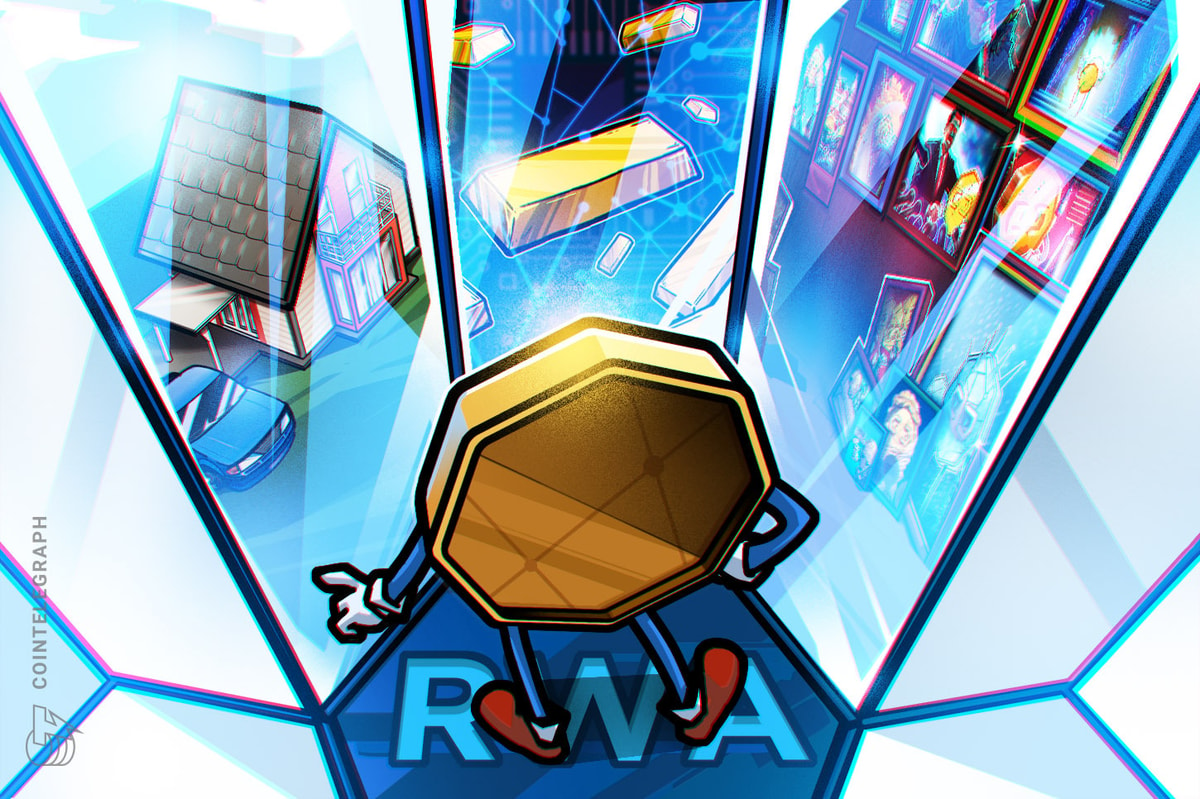
According to data from EOS Authority, EOS has finally acquired the minimum votes required for its network to go live.
After EOS failed to launch its platform on its projected launch date of June 2, a live-stream vote was called, where users voted “Go” to launch the blockchain network. But while the network got the green light, it couldn’t go live until it was activated with the EOS tokens held by investors.
Things didn’t go as planned as token owners became reluctant to weigh in with the minimum vote required to activate the blockchain. For the EOS blockchain to go live, 15 percent of the total EOS tokens in supply had to be used to elect the network’s 21 EOS block producers.
Votes
Also known as supernodes, block producers operate as part of EOS’s delegated proof of stake (DPoS), where they serve a function similar to Bitcoin miners who secure proof-of-work systems. The candidates for the supernodes include local crypto enthusiasts such as EOS Canada, who is currently leading with just over 42,000,00 token votes at press time, followed by EOS Authority, the entity that started up EOS, in second place with about 39,400,000 votes. Blockchain heavyweight Bitfinex is currently eighth with a bit under 32,000,000 EOS votes, and EOS HuobiPool is in the eleventh spot with just over 30 million token votes.
To vote for the supernodes, token owners have to go through a process of proving ownership, which requires using their private keys.
The most noteworthy voting software is CLEOS, a command-line tool created by Block.one, the creators of EOS. This software requires a lot of programming knowledge, which left non-technical voters with crowdfunded projects like EOS Portal and other desktop tools.
As much as users were eager to activate the mainnet, they were equally nervous that the process might jeopardize their holdings.
EOS’s inability to get the required number of tokens staked led to the mainnet launch being stalled for days. There were also some reports that a general, widespread distrust in third-party software available to owners, coupled with the complexity of the voting process, led to voter apathy.
Vulnerabilities
Despite the success of its ICO, the EOS team has not been able to find a lasting solution to the vulnerabilities that have riddled it from the start. Some weeks back, Chinese internet research firm Qihoo 360 discovered a vulnerability that could be used by hackers to remotely manage codes on nodes and attack any cryptocurrency built on the network.
EOS launched a bug bounty program that rewards developers for discovering security vulnerabilities, with the most significant reward going to Dutch ethical hacker Guido Vranken, who was paid a hefty $120,000 for discovering 11 new vulnerabilities. EOS’s HackerOne profile shows that vulnerabilities are still being discovered.
EOS is currently up by 14.4 percent, trading at $11.32.










